10 Traits That Made The Irish Wolfhound A Legend
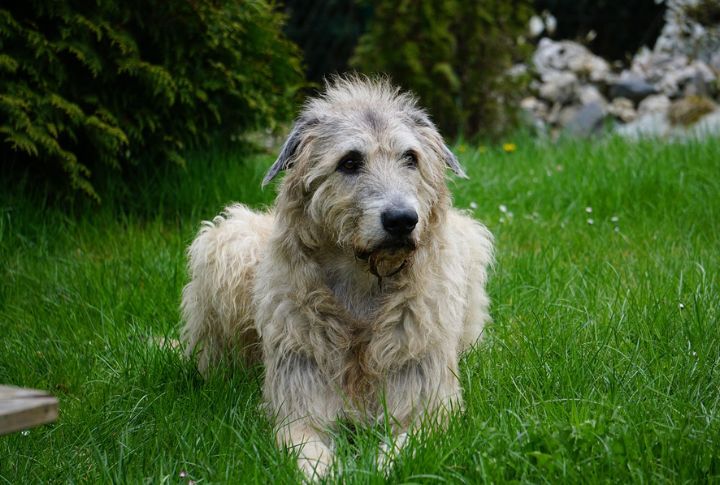
Size alone didn’t make the Irish Wolfhound stand out. Its legacy grew through battles and silent loyalty. Each generation added something new to the myth. Today, what remains is more than history. It’s character. These ten traits explain how this breed became larger than life in more ways than one.
Towering Presence
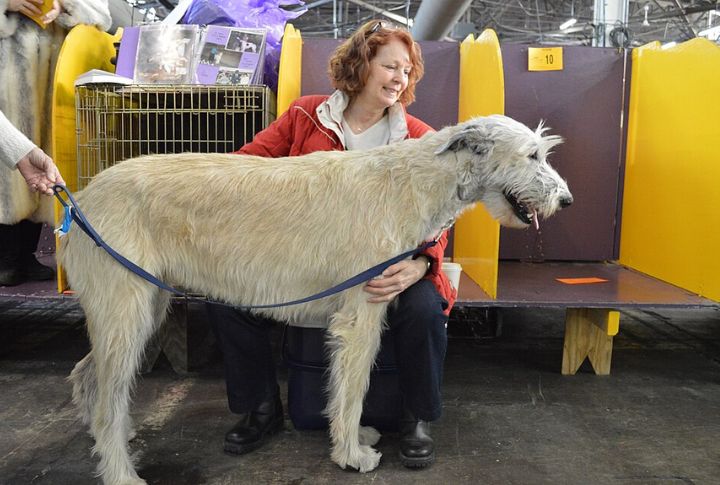
Measured against the shoulder, adult males routinely hit 34 inches taller than most kitchen counters. In battle formations and royal courts, their scale alone drew gasps. Julius Caesar reportedly remarked on their “enormous size” when encountering them during campaigns in ancient Britain. You couldn’t ignore them literally.
Gentle Nature
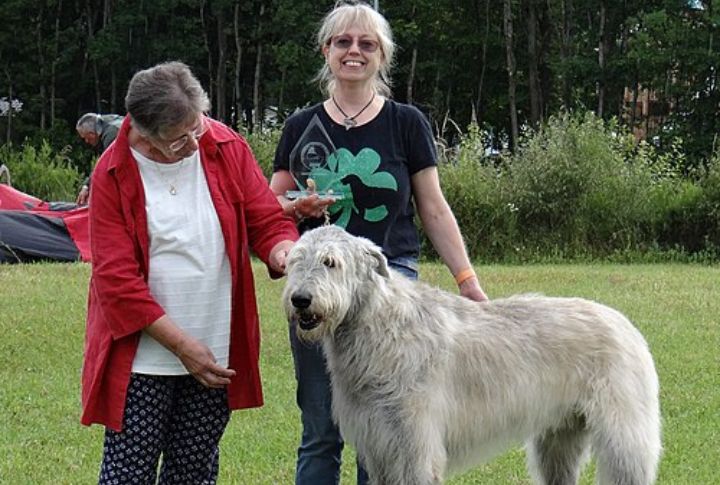
Look past the muscle; you’ll find a temperament suited to bedside companionship. Unlike other large breeds, Irish Wolfhounds rarely show dominance behaviors. Their patience astonishes seasoned handlers. With hearts as grand as their stature, they form deep emotional bonds with families while remaining calm.
Royal Favor
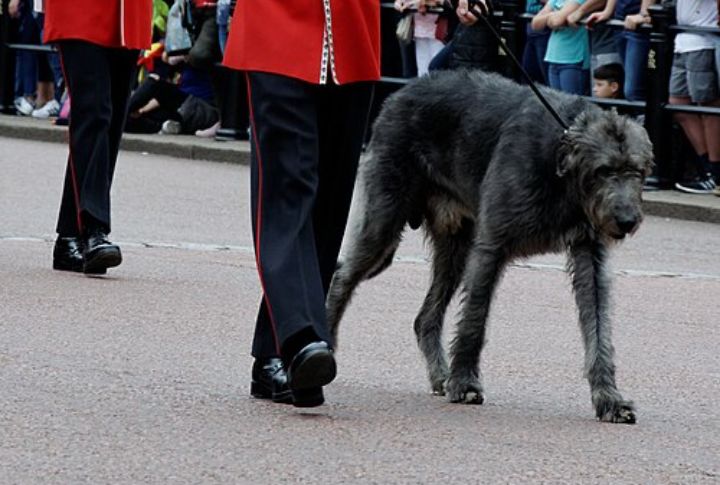
Ownership came with privilege. In 17th-century England, gifting an Irish Wolfhound signaled elite status. Nobles limited bloodline access to secure the breed’s exclusivity. Kings and emperors considered them diplomatic treasures. These dogs carried prestige and politics wherever they traveled on four legs and a regal gait.
Formidable Hunter
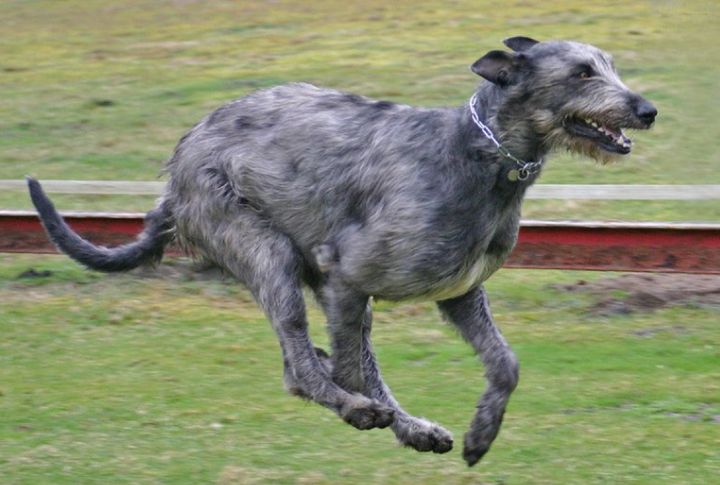
Elk, Irish wolves, and even wild boar fell before them. Their powerful rear drive and deep-chested lungs meant they could strike and subdue with deadly precision. Ancient Gaels depended on their instincts during silent hunts across peat bogs, as a single bite could end the chase.
Cultural Icon
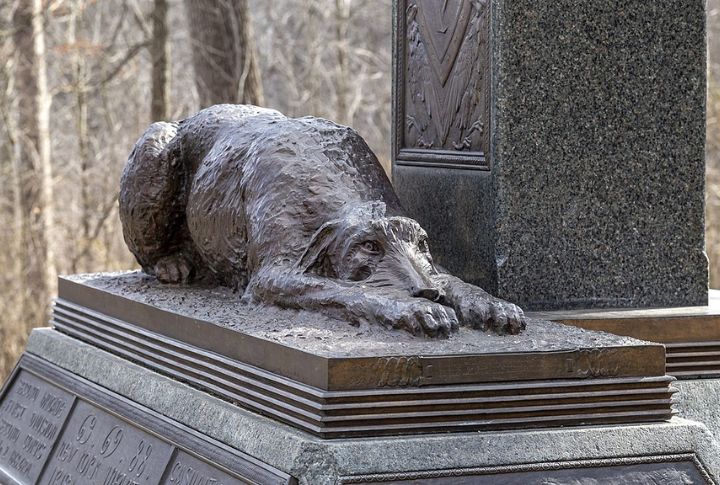
Symbols matter in Irish identity, and few run deeper than the Wolfhound. Its profile still appears on the 18th-century Great Seal of Ireland. Gaelic ballads speak of hounds beside kings under moonlit pines. Their image bridges pagan myth and national memory like no other canine.
Survival Story
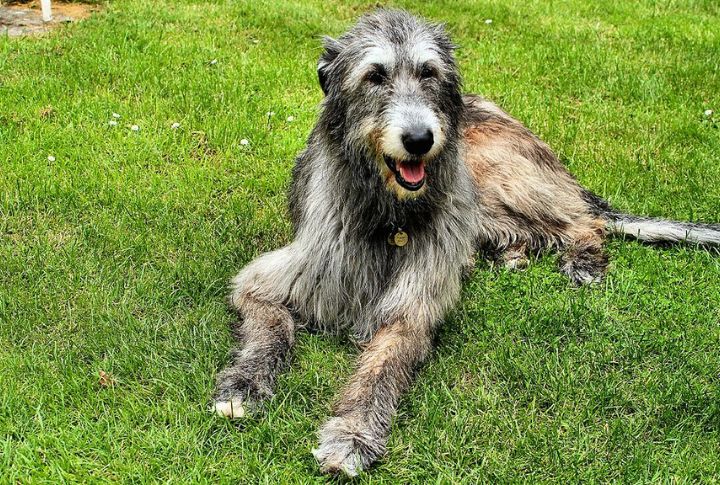
In the 19th century, the Irish Wolfhound was nearly lost to history. Captain George Augustus Graham rebuilt the breed using Deerhounds, Borzois, and Mastiffs. His efforts kept the Wolfhounds from vanishing by preserving a dog once seen only in ancient carvings and stories.
Mythic Fame

Chulainn’s hound, in Irish legend, stood as a fierce protector and tragic figure. In lore, these dogs didn’t just fight monsters. They stood between gods and men. Poets immortalized them as beings of liminal space: noble animals wrapped in fur.
Artistic Silhouette

Visual artists favor contrast, and this dog delivers. Its long limbs and wiry coat are all ideal for character modeling. George Stubbs painted dogs of similar shapes beside horses to capture scale. In modern fantasy art, dogs inspire noble guardians or cursed giants.
Devoted Sentinel

Irish Wolfhounds often slept across doorways, not for comfort but to guard. They operated like organic alarm systems, sensing threats before sound. Their silence made them legendary protectors. You didn’t teach one to defend; you stepped aside and let it happen.
Battlefield Legacy

Long before firearms, Irish clans unleashed these dogs on enemy cavalry. According to bardic accounts, Wolfhounds ripped shields away from riders. They shattered formation lines with sheer momentum and muscle. Not every warrior carried a sword, but every chieftain wanted one.





